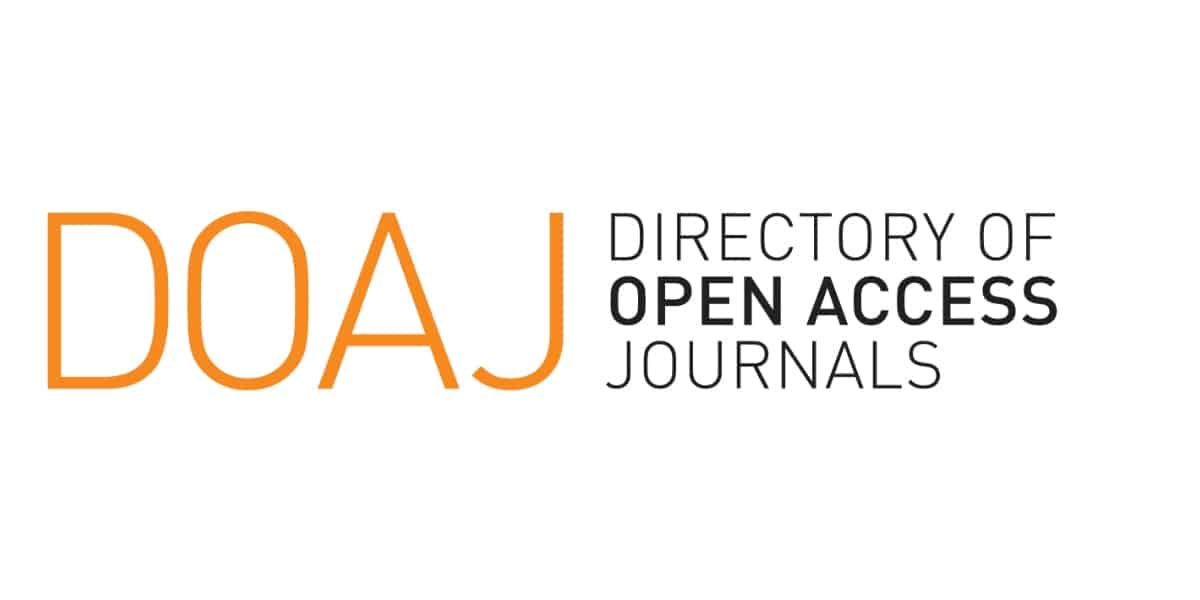Pengolahan Air Lindi TPA Jabon Griya Mulyo Sidoarjo dengan Metode Constructed Wetland untuk Menyisihkan Parameter COD
Keywords:
Air lindi, constructed wetlands, pengolahan air lindi, reduksi codAbstract
Rapid population growth in Indonesia has led to a significant increase in the volume of waste, which poses a potential threat to the environment. Leachate is a liquid produced when external water infiltrates waste heaps, dissolving both soluble and organic materials through biological decomposition processes. Without proper management, leachate can contaminate water sources and endanger the ecosystem and nearby communities, particularly around the Jabon Landfill (TPA Jabon). One effective method of treating leachate is the use of constructed wetlands, a simple system that uses aquatic plants and microorganisms to reduce pollution. This study evaluates the effectiveness of two aquatic plants, papyrus (Cyperus papyrus) and bulrush (Typha latifolia), in reducing the chemical oxygen demand (COD) of leachate through the constructed wetland system.
References
[1] Ningsih, A., Mansyurdin., & Maideliza, T. (2016). Perkembangan Aerenkim Akar Kangkung Darat (Ipomoea reptans Poir) dan Kangkung Air (Ipomoea aquatica Forsk). Jurnal Biologi, 9(1), 37-43.
[2] Tangahu B, Kartika A A, Sambodho K, Marendra S M, and Arliyani I. 2021. Shallow Groundwater Pollution Index Around the Location of Griyo Mulyo Landfill (Jabon Landfill) in Jabon District, Sidoarjo Regency, East Java, Indonesia J. Ecol. Eng.
[3] Darnas, Y., Anas, A. A., & Hasibuan, M. A. (2020). Pengendalian Air Lindi Pada Proses Penutupan TPA Gampong Jawa Terhadap Kualitas Air Sumur. Serambi Engineering, V (3), 1165-1176.
[4] Arliyani, I., Tangahu, B. V., & Mangkoedihardjo, S. (2021, August). Selection of plants for constructed wetlands based on climate and area in the interest of processing pollutant parameters on leachate: A review. In IOP Conference Series: Earth and Environmental Science (Vol. 835, No. 1, p. 012003). IOP Publishing.
[5] Fadanelli, L.E.A., De Andrade Filho, A.G., Wiecheteck, G.K., Döll, M.M.R., 2019. Considerations on design and implementation parameters of domestic wastewater treatment by subsurface flow constructed wetlands. Eng. Sanit. e Ambient.
[6] Luo H, He D, Zhu W, Wu Y, Chen Z, and Yang E H. 2019. Humic acid-induced formation of tobermorite upon hydrothermal treatment with municipal solid waste incineration bottom ash and its application for efficient removal of Cu(II) ions Waste Manag. 84 83–90.
[7] Misra, V., et al. (2020). Evaluating the role of macrophytes in nutrient and pollutant removal in constructed wetlands: A comparison between Typha latifolia and Cyperus papyrus. Water Research, 174, 115563.
[8] Nikho, M. A. (2020). Perbandingan Efektivitas Tanaman Cattail (Typha angustifolia) Dan Tanaman Iris (Iris Pseuadacorus) Pada Constructed Wetland Terhadap Limbah Cair Industri Tahu. Tugas Akhir.
[9] Ulfani, U., Badawi, D. A., Nurjannah, S., & Sugiyanto, D. (2019). Identification of Hydrogeological Effects on Leachate Spread in the East and West of the Java Gampong Landfill Using the Geoelectric Method. Journal of Aceh Physics Society, 8(2), 41-46.
[10] Senki Desta Galuh, Musarofa. (2024). Fitoremediasi Lindi TPA Pakusari Jember dengan Tanaman Cyperus papyrus sebagai Pengurai BOD dan COD. Jurnal Teknik Sipil Terapan.
[11] Vymazal, J. (2020). "Removal of nutrients in various types of constructed wetlands." Science of the Total Environment, 380(1-3), 48-65.
[12] Yuniarmita, R., Zaman, B., & Istirokhatun, T. (2014). Studi Kemampuan Vertical Subsurface Flow Constructed Wetland dalam Menyisihkan Konsentrasi TSS, TDS dan ORP Pada Lindi Mengggunakan Tumbuhan Alang-Alang (Typha angustifolia). Jurnal Teknik Lingkungan UNDIP.
[13] Zhang, W., Zhang, L., Yang, X., & Huang, X. (2019). "Evaluating plant species for treating wastewater in constructed wetlands." Water Research, 156, 322-331.
[14] Febriani L. (2021). Review: Pengaruh Jenis Media Tanam Terhadap Pertumbuhan Tanaman Bioeksperimen: Jurnal Penelitian Biologi.
[15] Bakhshoodeh R, Alavi N, Oldham C, Santos R M, Babaei A A, Vymazal J, and Paydary P. 2020. Constructed wetlands for landfill leachate treatment: A review, Ecological Engineering.
[16] Xu et al. 2019. Phytoremediation of landfill leachate using Pistia stratiotes and Typha angustifolia in constructed wetlands.
Downloads
Published
Issue
Section
License
Copyright (c) 2024 Muhammad Bagus Scheva Putra Mahendra, Aussie Amalia (Author)

This work is licensed under a Creative Commons Attribution 4.0 International License.
















